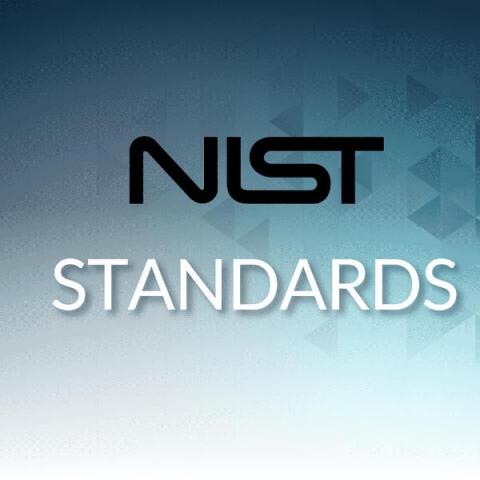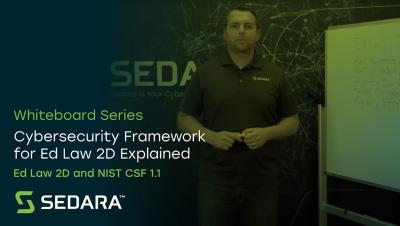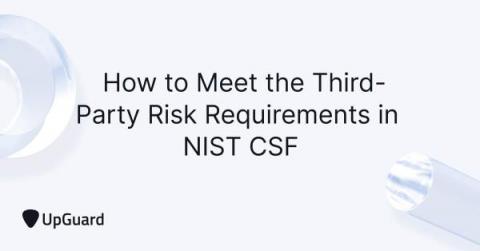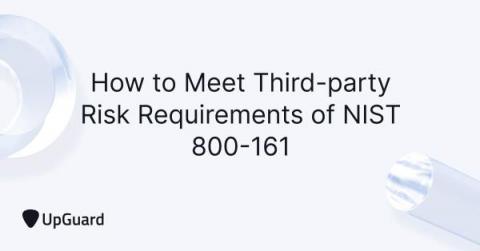Security | Threat Detection | Cyberattacks | DevSecOps | Compliance
NIST
How Hardening is reflected in the different NIST Standards
NIST Cyber Security Framework - 5 Core Functions Infographic
Security Ratings Recognized in NIST Cyber Supply Chain Risk Management Update
On May 5, 2022, the National Institutes of Standards and Technology (NIST) formally recognized outside-in third party security ratings and vendor risk assessment in their update to Special Publication 800-161. This update to federal standards specifically cites security ratings as a “foundational capability that "provide 14028." NIST SP 800-161 was designed to standardize supply chain risk management best practices for federal agencies and industry.
NIST Free security assessment tool
What is the NIST Supply Chain Risk Management Program?
NIST (National Institute of Standards and Technology) is a federal agency under the responsibility of the US Department of Commerce. Established in 1901 to promote innovation and industrial competitiveness in the US, NIST helps organizations advance measurement science, technology, and standards to improve the quality of life for citizens and enhance economic security.
How to Use NIST's Cybersecurity Framework to Protect against Integrity-Themed Threats
With the CIA Triad, confidentiality commands much of the attention. Organizations fret over the unauthorized disclosure of their data, so they try to reduce the risks of that type of an incident. In so doing, however, enterprises commonly overlook the other two, integrity in particular. Ron Ross, a fellow at the National Institute of Standards and Technology (NIST), thinks it’s a mistake for organizations to forget about integrity.
How to Meet the Third-party Risk Requirements of NIST CSF
The National Institute of Standards and Technology (NIST) has issued special publications focused on improving Third-Party Risk Management (TPRM) and Supply Chain Risk Management (SCRM). The NIST Cyber Security Framework (NIST CSF) special publication has become a popular option for its unique applicability to all industries with critical infrastructures. NIST CSF isn’t a light read.
How to Meet Third-party Risk Requirements of NIST 800-161
The National Institute of Standards and Technology (NIST) has produced several publications addressing the different components of information technology security within the NIST 800 computer security series. Compliance across this entire NIST 800 series is expected for all internal and external service providers of government entities - such as the DoD federal agencies.











